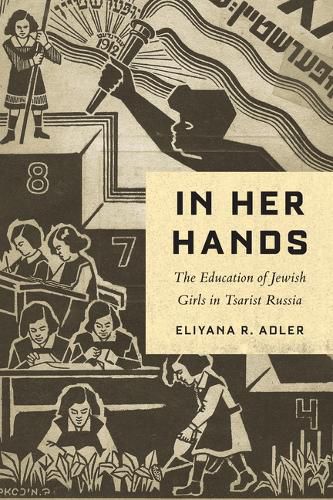Readings Newsletter
Become a Readings Member to make your shopping experience even easier.
Sign in or sign up for free!
You’re not far away from qualifying for FREE standard shipping within Australia
You’ve qualified for FREE standard shipping within Australia
The cart is loading…






Illuminates the influence that private schools for Jewish girls had on contemporary political discourse and educational innovation.
Though more than one hundred private schools for Jewish girls thrived in the areas of Jewish settlement in the Russian empire between 1831 and 1881, their importance has been largely overlooked in the scholarship of Jewish educational history. In Her Hands: The Education of Girls in Tsarist Russia restores these schools to their rightful place of prominence in training thousands of Jewish girls in secular and Judaic subjects, while paving the way for the modern schools that followed them. Through extensive archival research, author Eliyana R. Adler examines the schools' curriculum, teachers, financing, students, and educational innovation and demonstrates how each of these aspects evolved over time to provide new opportunities.
$9.00 standard shipping within Australia
FREE standard shipping within Australia for orders over $100.00
Express & International shipping calculated at checkout
Illuminates the influence that private schools for Jewish girls had on contemporary political discourse and educational innovation.
Though more than one hundred private schools for Jewish girls thrived in the areas of Jewish settlement in the Russian empire between 1831 and 1881, their importance has been largely overlooked in the scholarship of Jewish educational history. In Her Hands: The Education of Girls in Tsarist Russia restores these schools to their rightful place of prominence in training thousands of Jewish girls in secular and Judaic subjects, while paving the way for the modern schools that followed them. Through extensive archival research, author Eliyana R. Adler examines the schools' curriculum, teachers, financing, students, and educational innovation and demonstrates how each of these aspects evolved over time to provide new opportunities.